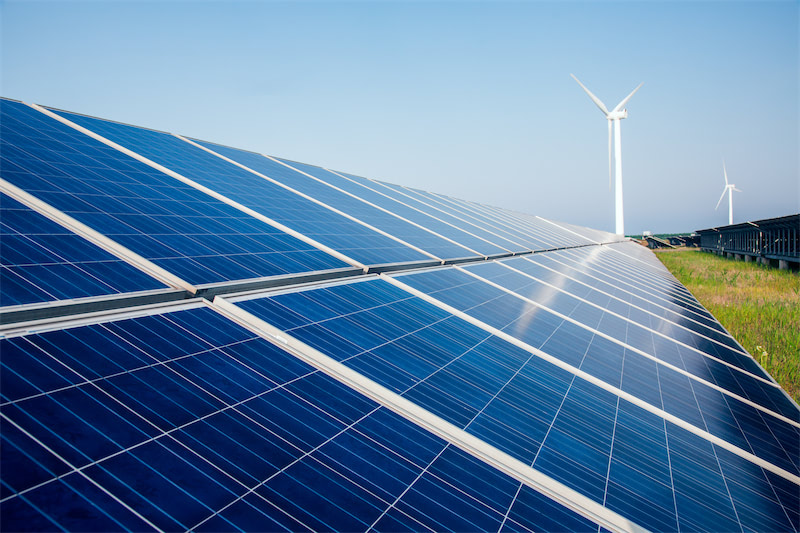







According to customs data, the imports of secondary copper in January and February 2025 were 18.92 mt and 193,400 mt, respectively, showing varying degrees of decline compared to December of previous years. There are two main reasons for this. First, after Trump took office, he continuously imposed additional tariffs on Chinese imports, and China also implemented countermeasures to varying degrees. However, based on Trump's previous term, during which Sino-US trade wars were frequent, some secondary copper raw material importers were concerned that if China's countermeasures against US imports included secondary copper raw materials, they would bear additional import tariffs. Currently, with overseas copper prices, whether LME copper or COMEX copper, being inverted compared to the domestic SHFE copper market, importing secondary copper raw materials would inevitably result in losses. If additional import tariffs were to be imposed in the future, the significantly increased costs would only amplify the import losses. Second, as Trump's tariffs on copper imports have not yet been implemented, COMEX copper prices have been rising continuously, leading to an increasing spread between COMEX and LME copper futures. Similarly, the spread between SHFE and LME copper is also widening. Chinese secondary copper raw material importers typically hedge mainly with SHFE copper, so when considering SHFE copper prices, their offers to overseas secondary copper raw material suppliers are often lower than those of other countries. Since January this year, China's secondary copper raw material offers have been lower than those of other countries. The above factors have led to varying degrees of decline in secondary copper raw material imports in January and February.

By analyzing the import source countries of secondary copper raw materials, the top four remain the US, Japan, Thailand, and Malaysia. However, data revealed a monthly decline in secondary copper raw material imports from the US. According to import traders in Ningbo, since January 2025, due to losses from the SHFE/LME price ratio and concerns over potential changes in domestic import tariff policies, imports of secondary copper raw materials from the US have been suspended. The decrease in imports from Malaysia is primarily due to the local government's preparation to revise the import standards for scrap metal. Currently, Malaysia's copper scrap import standards require a copper content of no less than 94%, but some illegal elements still smuggle copper scrap that does not meet the import standards into Malaysia. The processing of such scrap metal has severely impacted the local environment. Consequently, the government and customs have raised import standards and intensified clearance inspections to prevent non-compliant copper scrap from entering Malaysia. As a result, some traders have shifted the above-mentioned scrap metal to Thailand for clearance and local processing, leading to a significant increase in Thailand's imports in February. However, according to the heads of local scrap metal processing companies in Thailand, the Ministry of Industry is investigating the environmental issues caused by scrap metal processing and will draft relevant policies regarding the standards for importing scrap metal. Therefore, in the future, as Thailand and Malaysia serve as transit countries for China's secondary copper raw material processing, the import volume of secondary copper raw materials may decline due to adjustments in local policies.

In summary, the current volume of imported secondary copper raw materials in China has been significantly impacted by the US-China trade relations, with the import window remaining closed for an extended period. Additionally, as Southeast Asian countries continue to raise their standards for importing scrap metal, the volume of secondary copper raw materials imported from the US and Southeast Asia is expected to decline to varying degrees within the year. Consequently, many domestic traders have begun to gradually explore the secondary copper raw material markets in Africa, the Middle East, and Central Asia. However, these regions are not major consumers of copper. While the social inventory of secondary copper raw materials from these areas may temporarily alleviate China's urgent needs in the short term, in the long run, these regions cannot provide a stable supply of secondary copper raw materials for China.
For queries, please contact William Gu at williamgu@smm.cn
For more information on how to access our research reports, please email service.en@smm.cn

